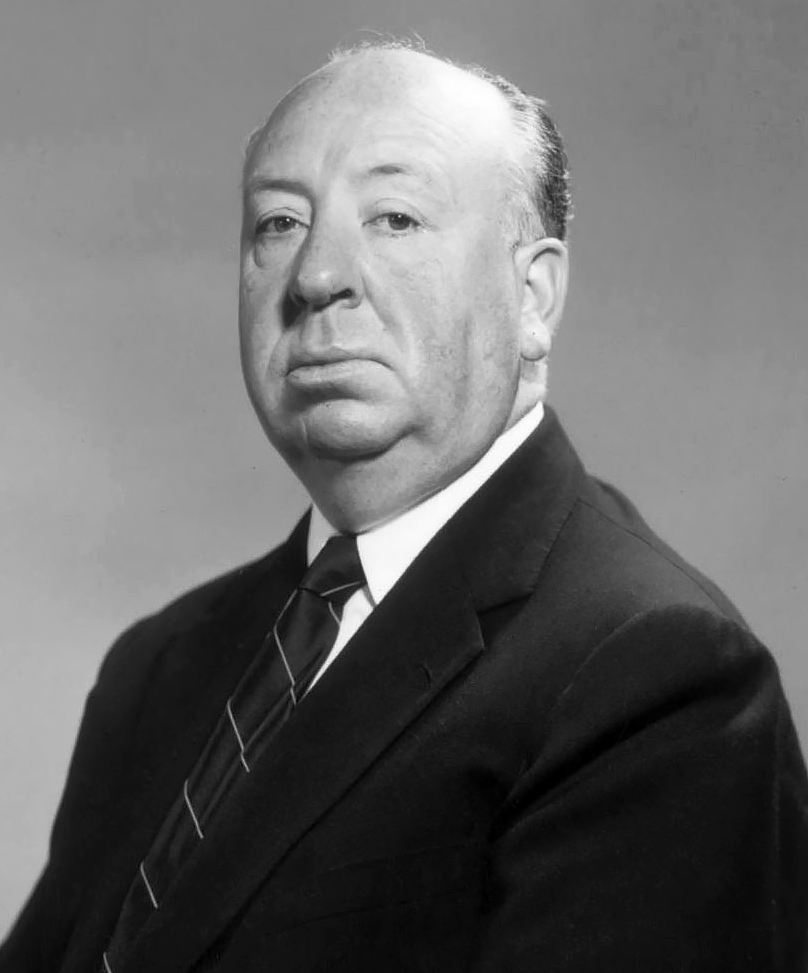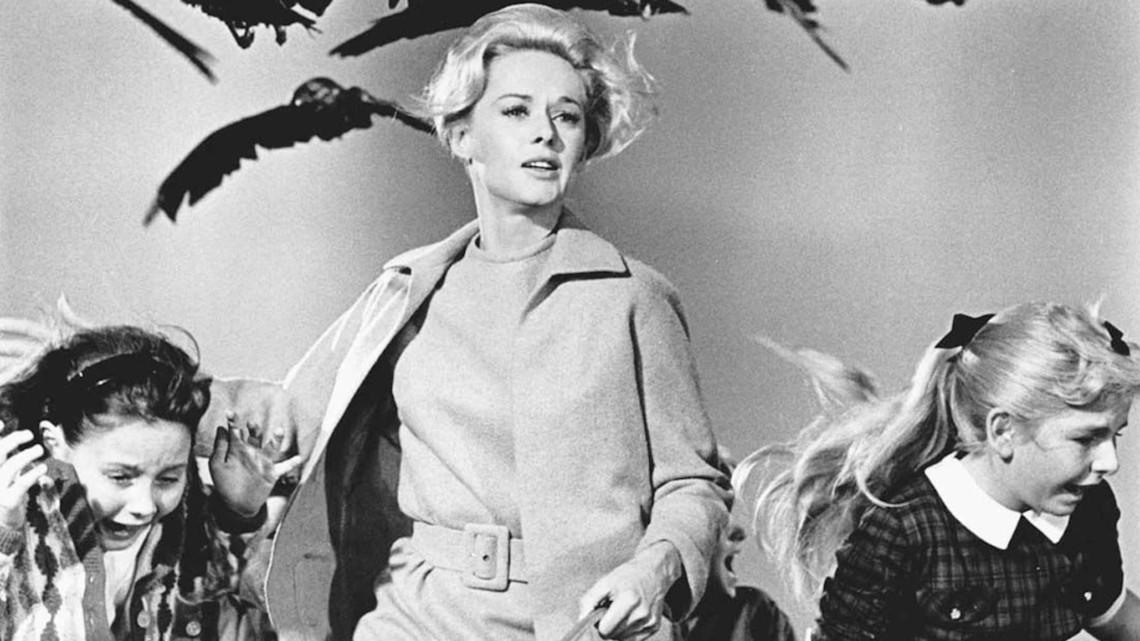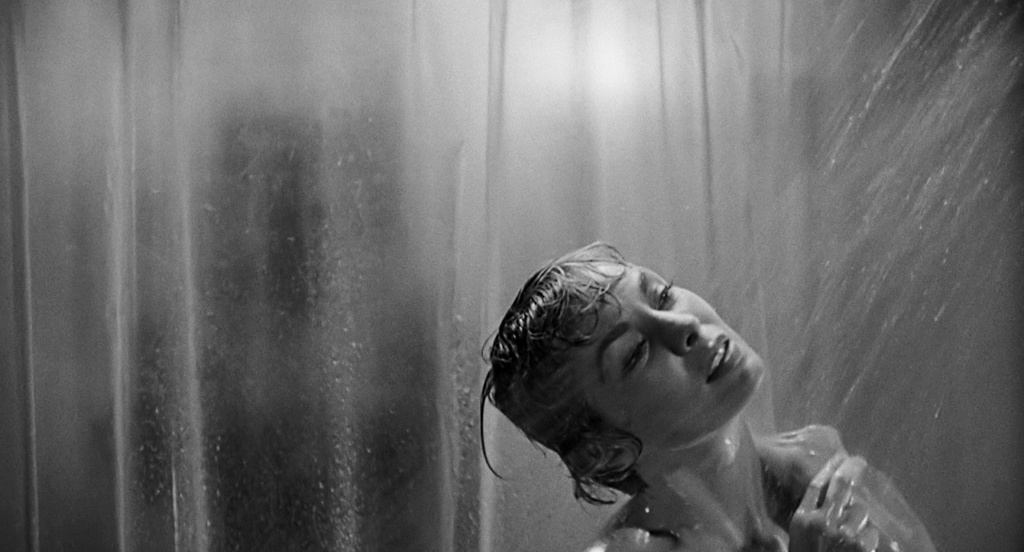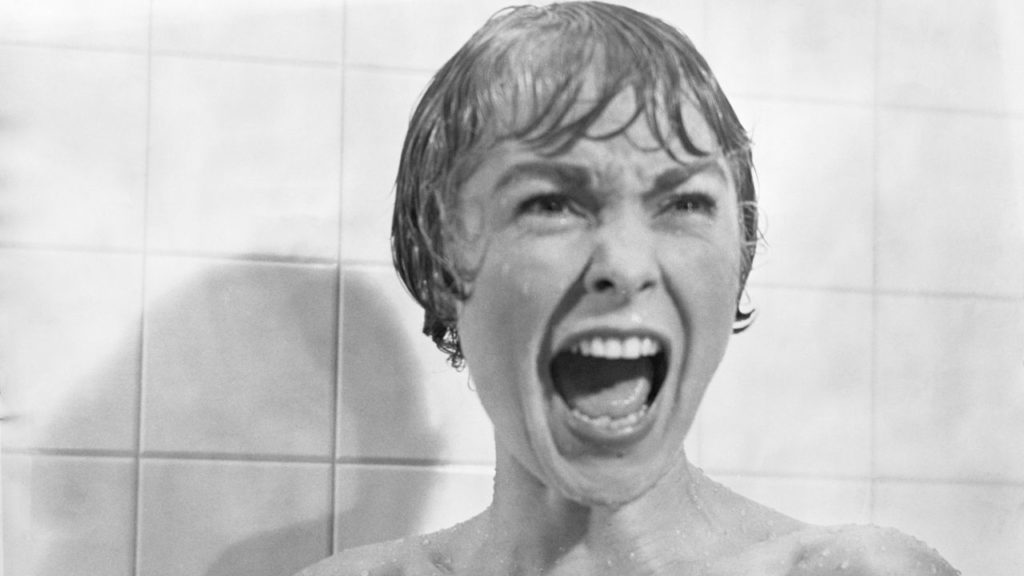Psycho, The Birds, Vertigo, Rear Window, North by Northwest… Even if you haven’t seen these films, you’ll know their names. And for good reason: their creator, British filmmaker Alfred Hitchcock, built an immediately recognisable universe for each of these films.
Blending suspense, detailed visual style and deeply woven narrative, they have become icons of cinema. Let’s look back to see what Hitchcockian style is all about.
Born in London in 1899, Alfred Hitchcock started out in cinema as a title card designer, before trying his hand at directing. Back in those days, films were silent, so he learned to tell stories in a purely visual way. His career, characterised by an interest in technique and highly complex scenes, combined with his curiosity for human psychology, made him the Master of Suspense and created fear expressed by nuance.
It was in 1927 with The Lodger: A Story of the London Fog, a psychological thriller inspired by the crimes of Jack the Ripper, that Hitchcock really started to lay the foundations for the visual and narrative universe that would make his name: his mastery of framing and lighting, themes of paranoia and guilt, danger in characters’ everyday life and even point-of-view manipulation – where Hitchcock alternates between what the viewer knows and what the character is unaware of.
Tension is created from anticipation: everyday life is transformed into a threatening environment, every gesture and decision having a dramatic impact.
Alfred Hitchcock uses time like a tool, controlling rhythm and expectation, making it a mechanism of suspense. He deliberately delays the revelation of an expected event in order to heighten the tension. Viewers often know that danger is imminent, for example, a bomb placed under a table (Sabotage, 1936) or a crime waiting to happen (like the shower scene in Psycho, 1960), but they have to wait for the action to catch up. This time lag between knowledge and action creates sustained fear, much more powerful than simple surprise.
The sets – houses, streets, towns – become an extension of characters’ psychological state, where lighting, framing and movement intensify the threat. Hitchcock combines this mechanism with remarkable narrative economy: short dialogue, expressive movements, violence suggested rather than shown, implicit voyeurism and desire.
This mastery of suspense has had a lasting influence on noir literature and the psychological thriller, right up to the Italian gialli of Dario Argento or even Mario Bava who took up psychological tension, oppressive enclosed spaces and point-of-view manipulation in a different aesthetic.
Hitchcock’s career, from The Lodger (1927) to Family Plot (1976), represents the evolution towards total mastery of visual and narrative suspense. He never gave in to gratuitous excess: every frame, gesture, look or silence had to be justified. His style, combining technical precision and psychological exploration, remains a paragon of dramatic elegance where fear arises from the precision of the narrative and the direction.







